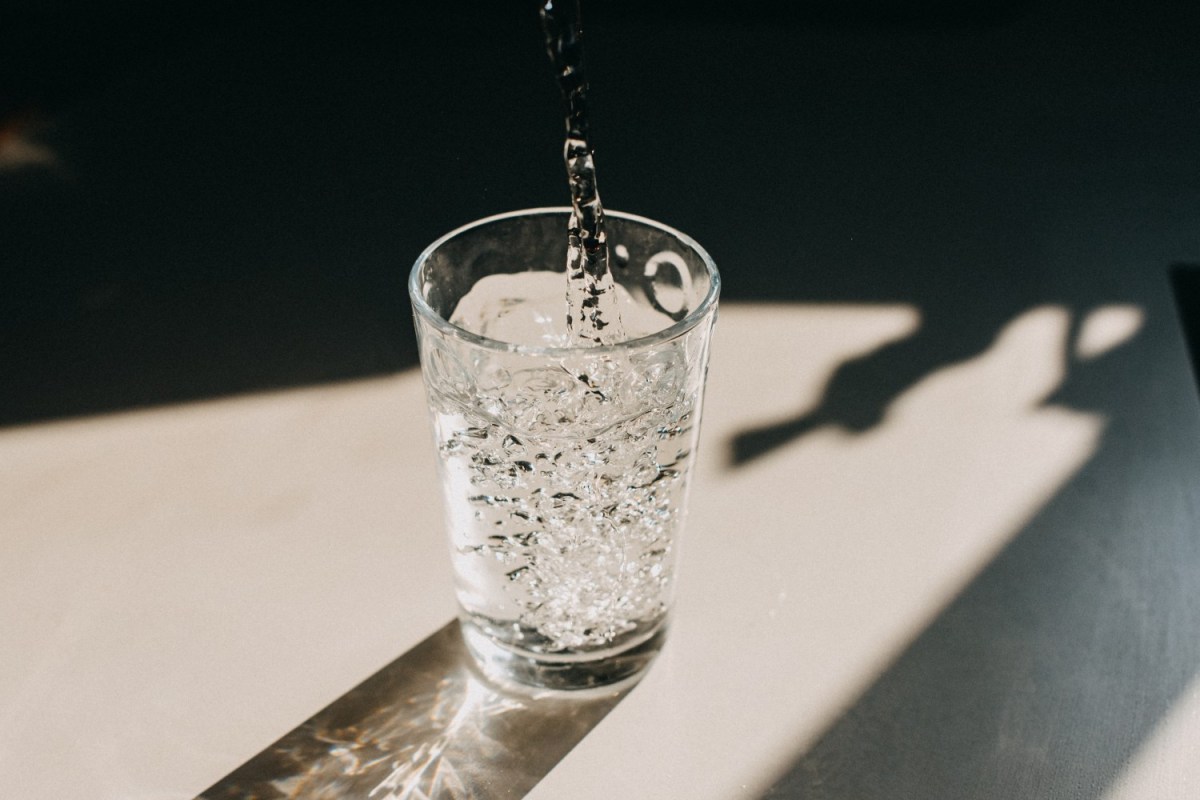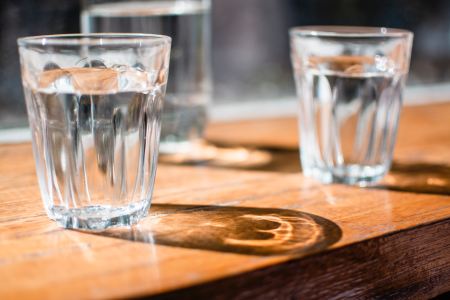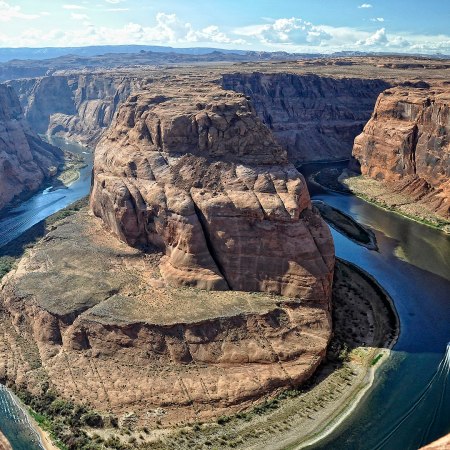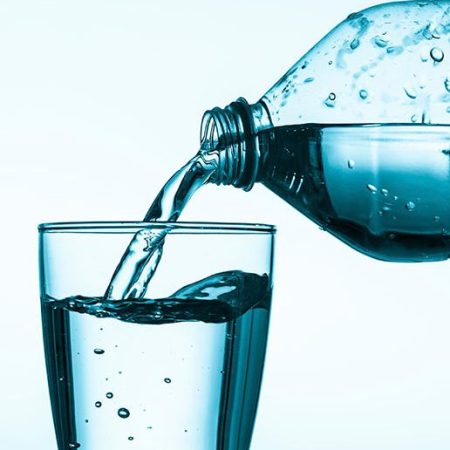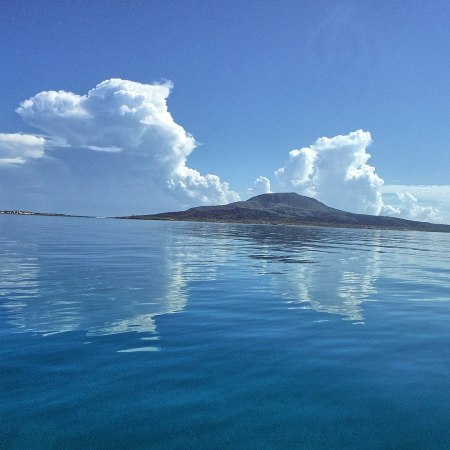In Frank Herbert’s classic science fiction novel Dune (and its numerous onscreen adaptations), one of the most notable images is that of the stillsuit, a device that recycles the wastewater a human body produces. It’s one of the most memorable images from the book — and it’s one that might make readers and viewers wonder just what it takes to transform wastewater into water that’s safe to drink.
Well, here’s one to file under science fiction becoming science fact. As the Los Angeles Times reports, California is set to implement an ambitious plan to transform more wastewater into drinking water in the coming years. As recounted by Ian James, the process will involve making use of sewage – a countermeasure to meet the state’s water needs at a time of increased drought conditions.
“As we look to make our communities more resilient to drought, to climate change, this is really going to be an important part of that solution,” the Pacific Institute‘s Heather Cooley told the Times.
Several steps still remain before this ambitious plan will be implemented – including getting approval from the state’s water board and its Office of Administrative Law. Assuming those go according to plan, the scope of the project will also require the implementation of technology and facilities to make sure that the water is as clean as possible,
Why Wellness Influencers Are Giving Up Drinking Water
#NoWater is the latest extreme wellness trendAs the Times notes, the guidelines for this plan have been in the works for a decade, as the people involved in developing them are aware that this could be a source of some concern for some California residents. The deputy director of the State Water Board’s Division of Drinking Water, Darrin Polhemus, told the Times that the end result of this process would be “by far the most well-treated, highest-quality water served to the public.” At a time when drought conditions are likely to be more prevalent, it’s an understandable decision.
This article appeared in an InsideHook newsletter. Sign up for free to get more on travel, wellness, style, drinking, and culture.
